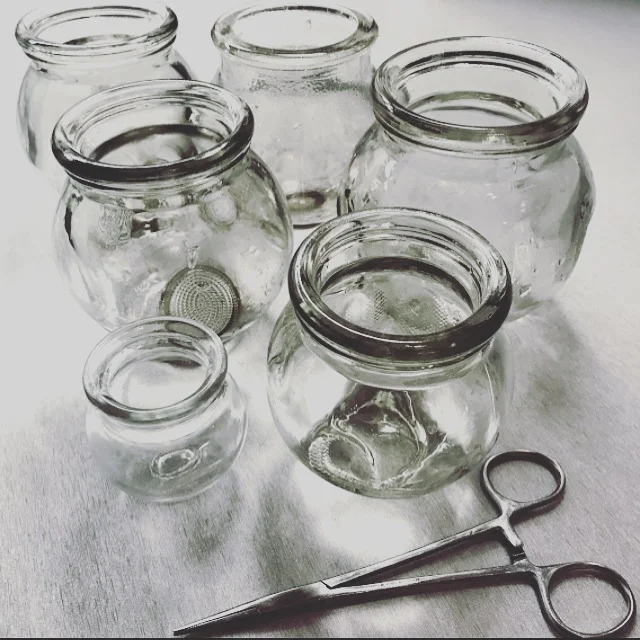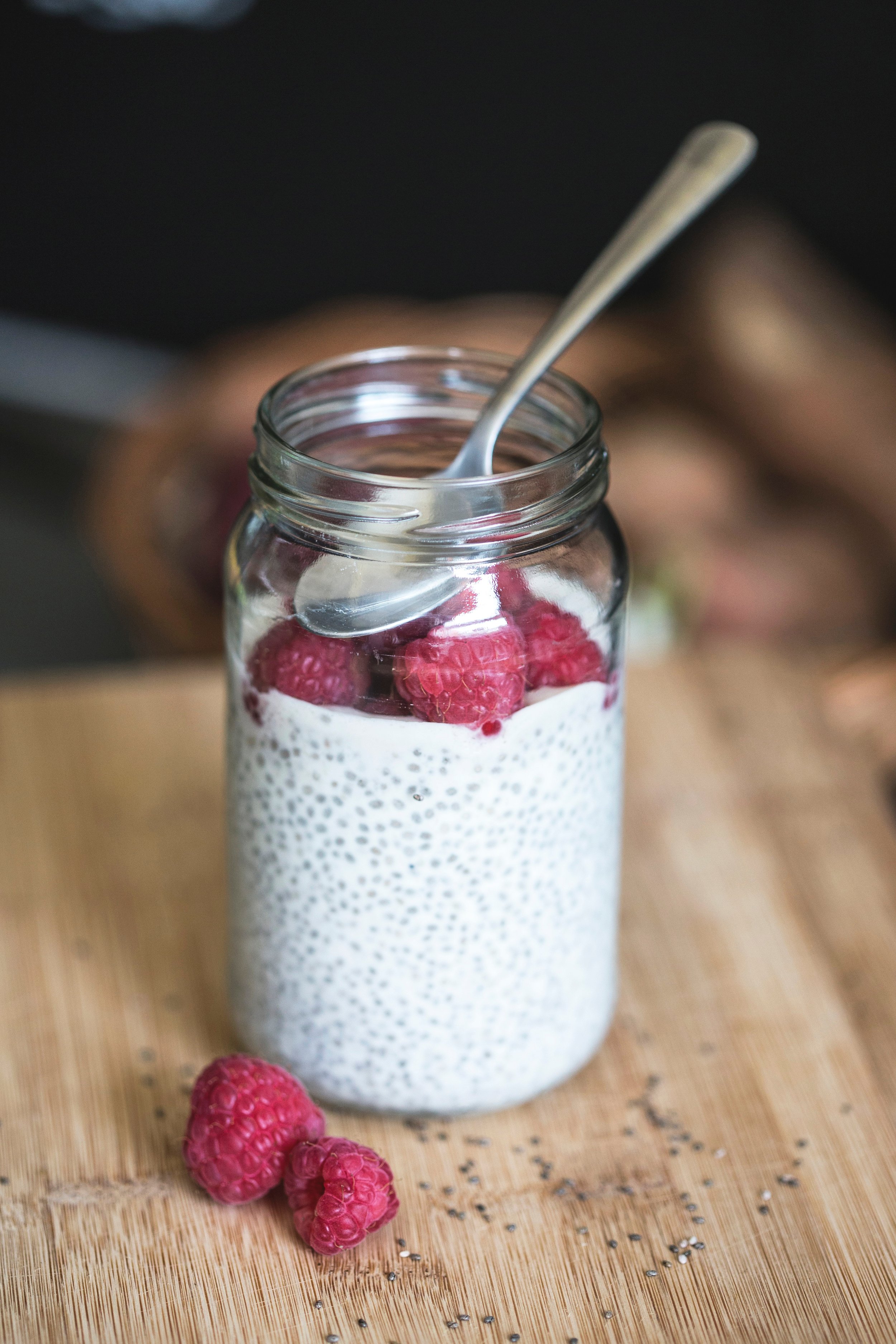Making and Using Ear Oil for Ear Infections; A Natural Solution
Ear infections can be uncomfortable and disruptive, affecting individuals of all ages. While conventional treatments exist, some people turn to natural remedies for relief. One such remedy is ear oil, a concoction of beneficial ingredients that can provide comfort and support in managing ear infections. In this guide, we'll explore the benefits of ear oil and provide a step-by-step tutorial on how to make your own at home.
Ear oil is a great natural remedy that can help with ear infections, and clogged ears. This remedy is even safe for children but please contact a well-versed health care practitioner to see if this is right for your condition.
Benefits of Ear Oil
Ear oil offers a natural and holistic approach to managing ear health. Infused with ingredients like garlic, mullein leaf, chamomile, and tea tree oil, ear oil provides relief by reducing pain and discomfort associated with ear infections. Its antibacterial properties contribute to fighting off the infection at its source. Ear oil also helps moisturize the ear canal, preventing dryness and addressing symptoms more effectively. With anti-inflammatory elements, such as calendula and chamomile, it aids in reducing swelling, promoting a soothing effect. The immune-supporting properties found in these ingredients enhance the body's defense mechanisms, making it a versatile, comforting, and natural solution ear health.
Soothing Pain and Discomfort
Ear infections often come with pain and discomfort. Ear oils, infused with soothing ingredients, can provide relief by reducing inflammation and calming the affected area.
Antibacterial Properties
Many natural ingredients possess antibacterial properties, making them effective in combating the bacteria responsible for ear infections. Creating an ear oil with these ingredients may aid in the healing process.
Moisturizing and Preventing Dryness
Ear oils can help moisturize the ear canal, preventing dryness that may exacerbate infection symptoms. Hydrated ears are better equipped to fight off infections and promote overall ear health.
Reducing Swelling
Ingredients like chamomile and calendula are known for their anti-inflammatory properties. These can help reduce swelling in the ear, addressing one of the common symptoms of ear infections.
Supporting the Immune System
Some ingredients used in ear oils, such as garlic and tea tree oil, are believed to support the immune system. By incorporating these into your ear oil, you may enhance your body's natural defenses.
How to Make Ear Oil for Ear Infections
Now that we understand the benefits, let's jump into the process of making ear oil at home. Here's a simple recipe using natural ingredients:
Ingredients
1/4 cup extra virgin olive oil
2 cloves of garlic (crushed)
1 teaspoon dried mullein leaves
1 teaspoon calendula flowers
1 teaspoon chamomile flowers
3 drops tea tree essential oil (optional)
Procedure
1. Begin by heating the extra virgin olive oil in a small saucepan over very low heat.
2. Add the crushed garlic to the warm olive oil and let it simmer for 5-10 minutes. Garlic brings antibacterial properties to the mix, supporting the fight against ear infections.
3. Stir in the calendula flowers, chamomile flowers, and dried mullein leaves. Calendula and chamomile offer anti-inflammatory and soothing effects, while mullein contributes properties known for addressing ear discomfort. Simmer the mixture for an additional 10 minutes.
4. Allow the mixture to cool to room temperature. Strain the oil to remove solid particles, ensuring a smooth and infused oil.
5. Integrate three drops of tea tree essential oil into the infused mixture. Tea tree oil enhances the antimicrobial properties of the ear oil.
6. Transfer the ear oil into a dark glass bottle to protect it from light, preserving its efficacy. Store the bottle in a cool, dry place.
How to Use Ear Oil
To effectively use ear oil, follow these simple steps for optimal results. First, warm the ear oil by placing the bottle in warm water. This ensures a soothing application experience, but do not overheat. Using a dropper, administer 2-3 drops of the oil into the affected ear, allowing it to gently penetrate. After application, massage the area around the ear to aid in the oil's absorption. You can perform a gentle massage or Guasha here, moving long slow strokes down the neck toward the lymph. It's recommended to let the oil sit for a few minutes to maximize its benefits.
You can use this natural technique when experiencing discomfort associated with ear infections, and consider using the ear oil as a preventive measure for maintaining overall ear health. Always consult with a healthcare professional for severe ear infections, but for mild cases or regular maintenance, incorporating ear oil into your routine can be a natural and comforting solution.
Warm the ear oil slightly before use by placing the bottle in warm water.
Administer 2-3 drops of the oil into the affected ear using a dropper.
Gently massage the area around the ear to facilitate the oil's penetration. You can also use a guasha tool to help massage the areas aournd the ear and neck.
-llow the oil to sit for a few minutes before wiping away any excess with a clean cloth.
Making your own ear oil at home can be a simple yet effective way to address the discomfort associated with ear infections or other imbalances of the ear. By utilizing the benefits of these natural ingredients, you can provide your ears with a gentle and supportive remedy.
*Disclaimer- Always consult with a healthcare professional if you suspect a severe ear infection, but for mild cases, this homemade ear oil may offer a soothing and natural solution.






























These foundational books offer a clear and accessible path into the world of Acupuncture and Chinese Medicine. Whether you're studying to become a practitioner or simply curious about the theory behind the treatments, these titles will deepen your understanding and appreciation for this ancient healing system—one thoughtful page at a time.